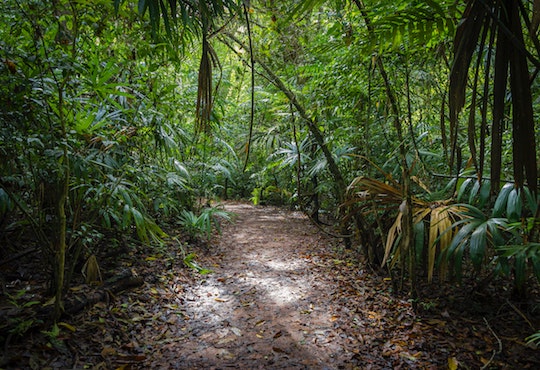Deforestation rates are significantly lower in Indigenous and Tribal territories where governments have formally recognized collective land rights, according to a new report.
Jointly published by the Food and Agriculture Organization of the United Nations (FAO) and the Fund for the Development of Indigenous Peoples of Latin America and the Caribbean (FILAC), Forest Governance by Indigenous and Tribal Peoples also shows that improving the tenure security of these territories is an efficient and cost-effective way to reduce carbon emissions.
Based on a review of more than 300 studies published in the last two decades, the new report reveals for the first time the extent to which Indigenous and Tribal Peoples in Latin America and the Caribbean are the best guardians of their forests when compared to those responsible for the region´s other forests.
The research also suggests that their protective role is increasingly at risk, at a time when the Amazon is nearing a tipping point, with worrisome impacts on rainfall and temperature, and eventual repercussions for food production and the global climate.
The report calls on governments to invest in projects that strengthen the role that Indigenous and Tribal Peoples play in forest governance, bolster communal territorial rights, compensate indigenous and tribal communities for the environmental services they provide, and facilitate community forest management.
It also states the vital importance of revitalizing traditional cultures and knowledge, strengthening territorial governance as well as supporting the organizations of indigenous and tribal peoples.
Read full article New report shows Indigenous and Tribal Peoples ‘best guardians’ of forests at fao.org
Photo credit: Isaac Quesada on Unsplash

